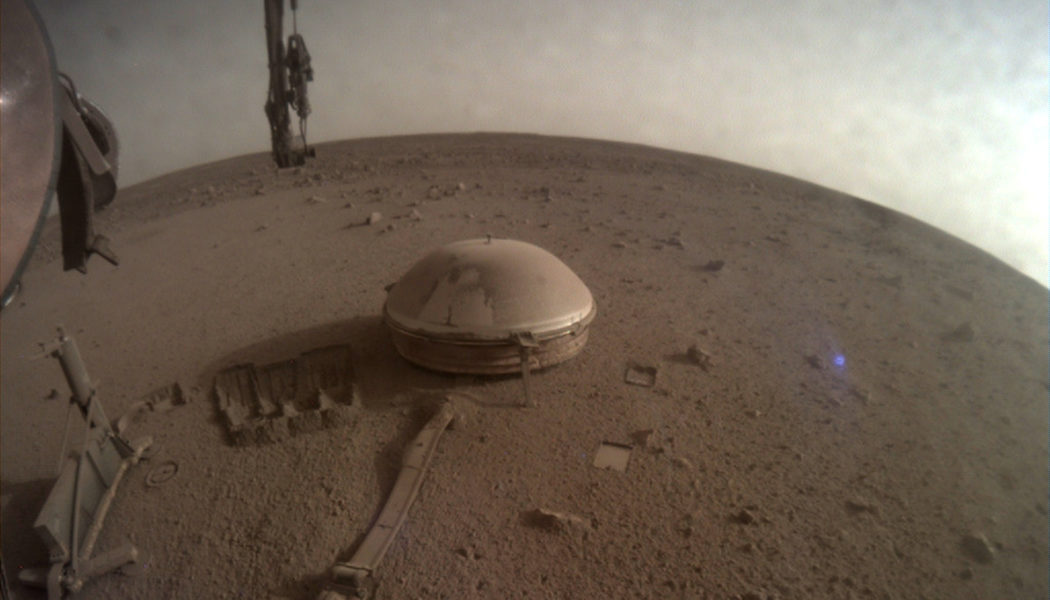The lander’s retirement package involves sitting on the Martian surface coated in the dust that killed it.
:format(webp)/cdn.vox-cdn.com/uploads/chorus_asset/file/24309420/PIA25680.png)
On Mars, another machine just bit the dust. The marsquake-detecting, photo-snapping InSight lander has now officially completed its mission and will now spend its retirement in the same place it spent its career — sitting on a flat plain on the Martian surface, as dust slowly accumulates on its solar panels and other instruments.
We’ve known this was coming for a while. InSight’s solar panels, which generate electricity for the lander, have been getting covered with dust ever since they unfurled. The mission, officially known as the Interior Exploration using Seismic Investigations, Geodesy and Heat Transport (InSight), was expected to run out of power this summer, but a spate of good weather bought it a few additional months of work on Mars.
But that time has run out. NASA has been monitoring the lander’s status, and as it became clear that it wasn’t going to make it, the agency’s first-person first-lander status updates got increasingly emotional. The official Twitter account for the lander told followers in October that it was “staying calm” as a dust storm darkened the skies. Its team thanked fans for sending virtual postcards and assured the millions of people who sent their names along on the rover that “we’re together here on Mars, my forever home.”
The social media team also made sure to explain why the lander didn’t pack dust removal equipment and asked people to remember that there were other machines on Mars before delivering a final gut punch in the form of one last dusty photo from the lander.
:format(webp)/cdn.vox-cdn.com/uploads/chorus_asset/file/24309217/Screen_Shot_2022_12_21_at_2.57.05_PM.png)
December 15th was the last time that the InSight lander communicated with Earth, NASA said in a press release. The agency will keep listening, but after the mission team was unable to contact the lander, they determined that InSight’s batteries were likely drained, leaving it functionally dead.
Its demise caps a mostly successful mission to study the interior of Mars. The lander launched in May 2018 and landed in November of the same year. It was equipped with a seismometer that detected more than 1,000 marsquakes. Most of the marsquakes were relatively small, but at least one, detected earlier this year, was the equivalent of a magnitude 5 earthquake. Scientists are using data from the shaking to get a better picture of the composition of Mars.
While the seismometer was an unqualified success, another instrument on the lander faced troubles. InSight had a “mole” that was designed to hammer itself deep into the surface. Unfortunately, the soil near the landing site wasn’t quite as soft as the team anticipated, and the mole kept popping back out.
Still, the mission was successful enough that NASA decided in April to extend the mission until the end of this year — or until the lander ran out of power, whichever came first.
“We’ve thought of InSight as our friend and colleague on Mars for the past four years, so it’s hard to say goodbye,” said Bruce Banerdt, the mission’s principal investigator, in a press release. “But it has earned its richly deserved retirement.”








